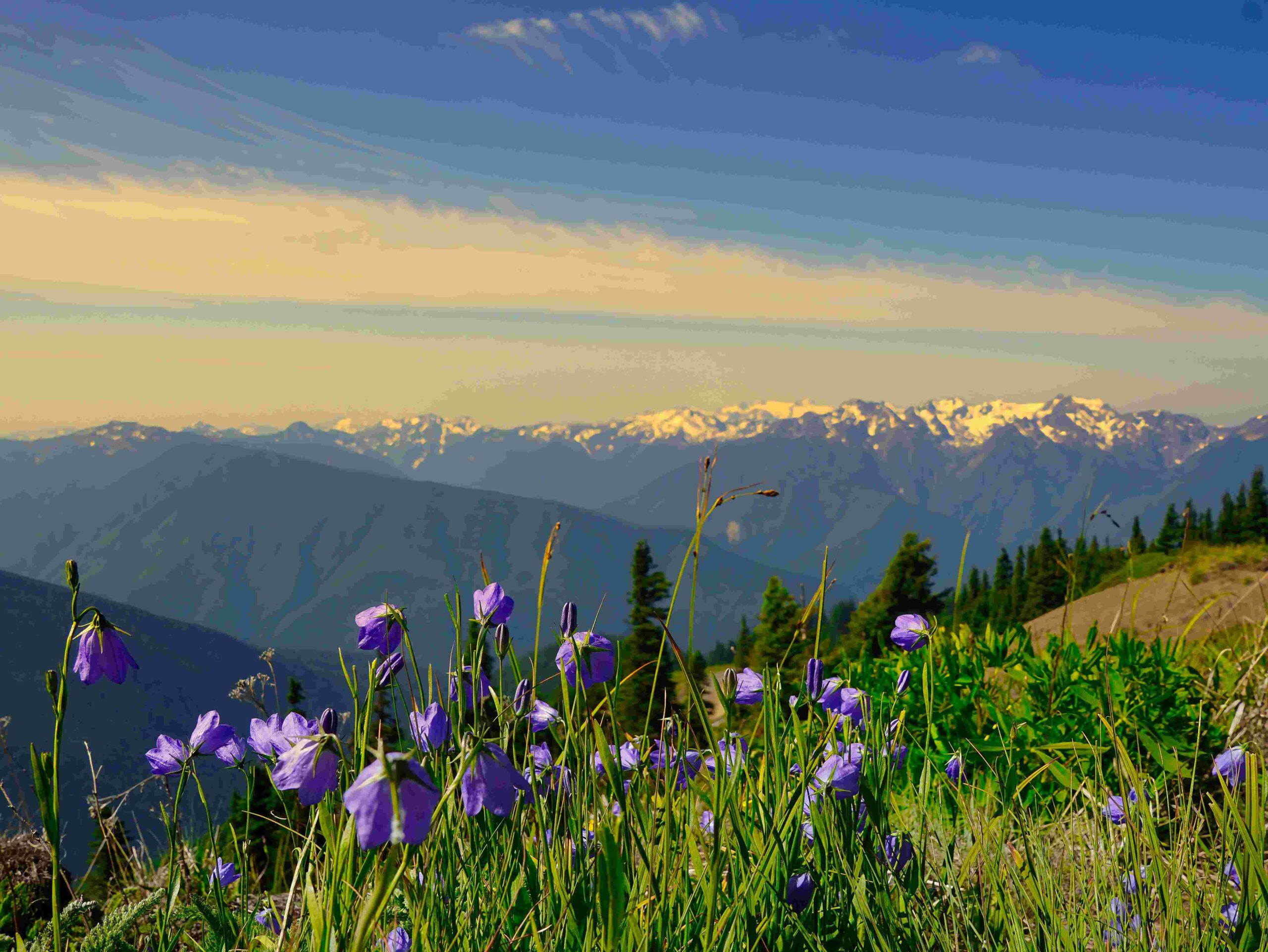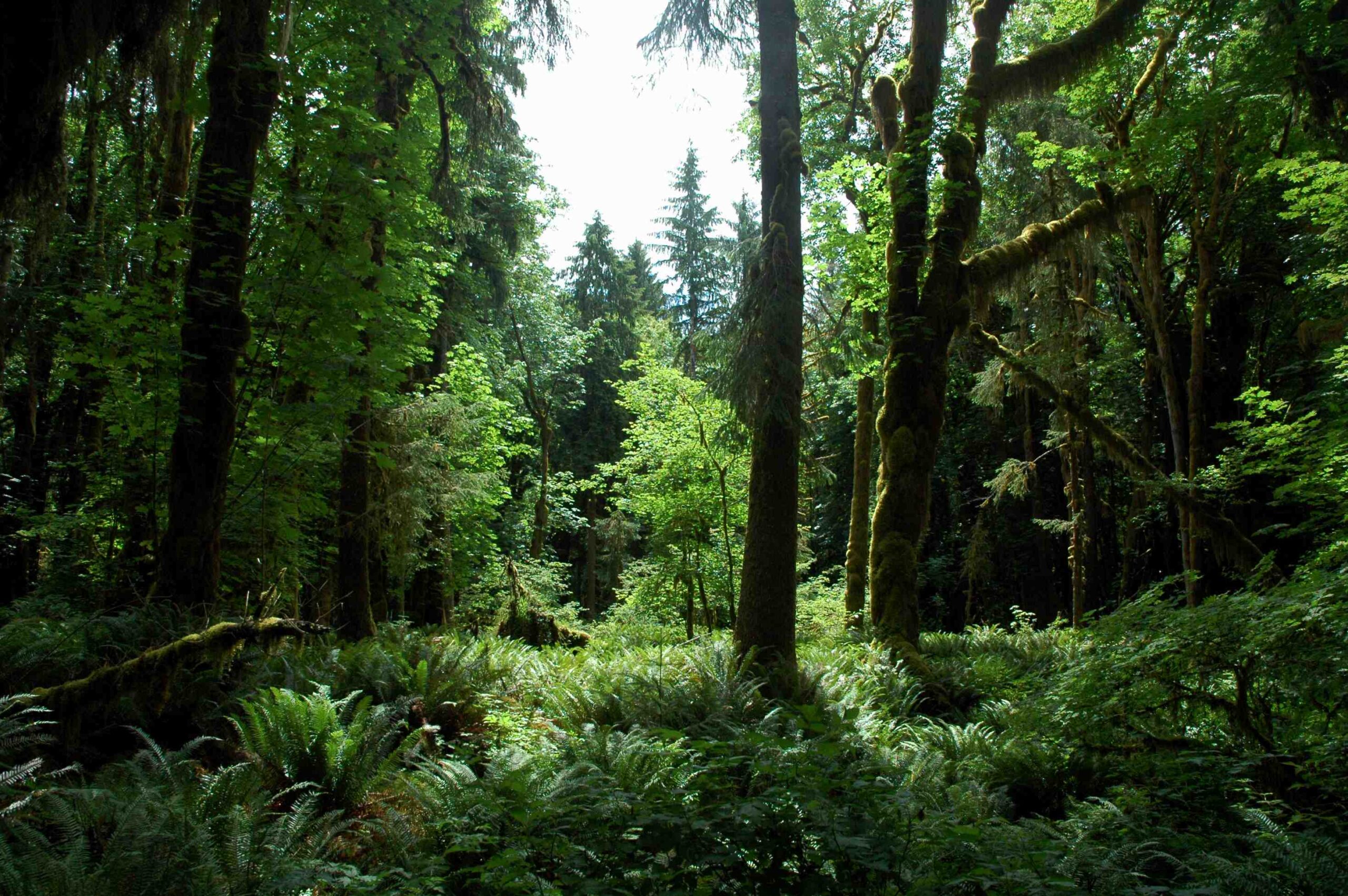The Sol Duc Valley region of Olympic National Park in Washington is a captivating wilderness area known for its lush forests, pristine rivers, and therapeutic hot springs. This enchanting valley offers visitors a unique blend of natural wonders, including the famous Sol Duc Hot Springs Resort, diverse wildlife, and scenic hiking trails. The region’s temperate rainforest ecosystem, combined with its geothermal features, creates a distinctive environment that attracts nature enthusiasts, hikers, and those seeking relaxation in its mineral-rich waters.
What Makes Sol Duc Valley a Unique Destination in Olympic National Park?

Sol Duc Valley stands out for its rare combination of natural features:
- Geothermal hot springs
- Pristine river systems
- Diverse wildlife habitats
- Scenic hiking trails
- Temperate rainforest ecosystem
This unique blend creates an environment that supports a wide range of flora and fauna while offering visitors diverse recreational opportunities.
How Can Visitors Experience the Sol Duc Hot Springs Resort?

The Sol Duc Hot Springs Resort is a centerpiece of the valley, offering:
- Operating Season: Late March to late October (dates may vary)
- Pool Access Fees:
- Adults: $18
- Children (4-12): $12
- Seniors (62+): $12
- Children under 4: Free (limited access)
- Pool Types:
- Small wading pool (99°F)
- Medium-sized pool (104°F)
- Large fountain pool (101°F)
- Freshwater pool (50°F – 85°F)
The resort also provides:
- 32 cabins (sleep up to 4 people)
- 17 RV sites
- Spa services
- The Springs Restaurant
- Gift shop and small grocery store
What Hiking Opportunities Does Sol Duc Valley Offer?
Sol Duc Valley boasts several hiking trails catering to different skill levels:
- Lover’s Lane Trail
- Difficulty: Easy
-
Features: Salmon viewing opportunities
-
Sol Duc Falls Trail
- Length: 1.7 miles round-trip
- Difficulty: Easy to moderate
-
Features: Spectacular waterfall views
-
Seven Lakes Basin Area
- Difficulty: Moderate to challenging
- Features: Mountain lakes, views of Mount Olympus
- Note: Often snow-covered until late summer
How Does the Sol Duc River Contribute to the Valley’s Ecosystem?
The Sol Duc River is a vital component of the valley’s ecosystem:
- Fish Species: Chinook salmon, coho salmon, cutthroat trout, steelhead
- Spawning Seasons:
- Salmon: Late summer to late fall
- Trout and Steelhead: Fall to spring
- Fishing Regulations: Permits required, available at the Wilderness Information Center
The river’s seasonal variations in temperature and flow rates support diverse aquatic life and contribute to the overall biodiversity of the valley.
What Wildlife Can Be Observed in Sol Duc Valley?
Sol Duc Valley hosts a rich variety of wildlife:
| Category | Species |
|---|---|
| Fish | Chinook salmon, coho salmon, cutthroat trout, steelhead |
| Mammals | Black bears, deer |
| Birds | Various forest and river species |
Best viewing times:
– Salmon spawning: Late summer and fall
– General wildlife: Spring and fall
How Can Visitors Safely Observe Wildlife in Sol Duc Valley?
To ensure safe and responsible wildlife viewing:
- Keep children under close supervision near water bodies
- Follow all park regulations, especially regarding wilderness camping and bear safety
- Use bear canisters and proper food storage techniques
- Maintain a safe distance from all wildlife
- Respect animal habitats and avoid disturbing natural behaviors
What Are the Seasonal Considerations for Visiting Sol Duc Valley?
Seasonal factors to consider when planning a visit:
- Spring:
- Higher river flow rates due to snowmelt
- Increased wildlife activity
-
Some trails may still be snow-covered
-
Summer:
- Peak visitation season
- Ideal for hiking and outdoor activities
-
Evening pool sessions available at the resort
-
Fall:
- Salmon spawning season
- Cooler temperatures
-
Vibrant fall colors
-
Winter:
- Resort and many facilities closed
- Limited access to certain areas due to snow
How Does Sol Duc Valley Contribute to Olympic National Park’s Ecosystem?
Sol Duc Valley plays a crucial role in Olympic National Park’s ecosystem:
- Supports diverse wildlife populations
- Provides critical habitat for anadromous fish species
- Contributes to the park’s temperate rainforest ecosystem
- Offers unique geothermal features (hot springs)
- Serves as a water source for surrounding flora and fauna
The valley’s varied landscapes and habitats make it an essential component of the park’s overall biodiversity and ecological health.
By exploring the Sol Duc Valley region of Olympic National Park in Washington, visitors can immerse themselves in a unique natural environment that showcases the diverse beauty of the Pacific Northwest. From relaxing in mineral-rich hot springs to hiking through lush forests and observing wildlife in their natural habitats, the valley offers a wealth of experiences for nature enthusiasts and outdoor adventurers alike.
References:
1. Olympic National Park: Sol Duc Hot Springs Resort
2. U.S. National Park Service: Hot Springs
3. National Park Service: Sol Duc Area Brochure

